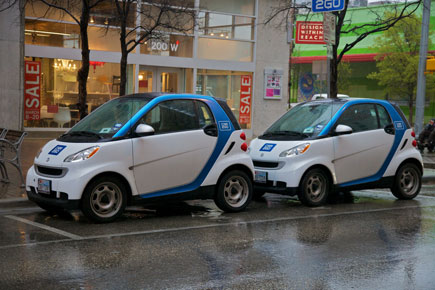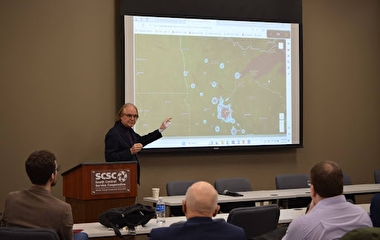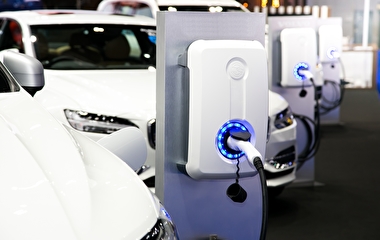What physical goods can—or should—be shared, and what should be owned individually? As the answer to that question slowly changes, the direction of our transportation future is changing, too.
“For physical goods, one person’s use prevents someone else’s use, but many physical objects are not fully utilized by their owners,” says David Levinson, a professor in the Department of Civil, Environmental and Geo- Engineering (CEGE). “For example, cars typically remained unused for 22 or 23 hours of a day. Books and videos are often watched or read just once and then never used again. The basic idea of collaborative consumption is that things can be shared rather than individually owned to increase economic efficiency—that’s why we rent hotel rooms and cars while traveling instead of buying condos and vehicles.”
In a report sponsored by the Minnesota Department of Transportation (MnDOT) and the Minnesota Local Road Research Board, U of M experts examine three dimensions of sharing—cars, rides, and bikes—and their emerging implications for transport.
Car-sharing services such as Zipcar and Car2Go allow users to share a car just as they share a hotel room—by paying a third party and using it at separate times. Ride-sharing services such as Lyft or Uber function as modern taxi services that use mobile phone applications to allow passengers to request rides from independent drivers. Finally, bike-sharing services like Nice Ride Minnesota allow bicyclists to use a bicycle at the location they need it, often as an extender of transit service.
In the future, the report’s authors believe that with more widespread use of information technologies and the maturation of autonomous vehicles, ownership and possession will no longer be necessary prerequisites for on-demand mobility.
“While Mobility-as-a-Service is nascent today, it will eventually be a big change in how people travel,” says Levinson. “A vehicle from a giant pool of autonomous cars could be dispatched to a customer on-demand and in short order, deliver the customer to a destination, and then move on to the next customer. Even more efficiently, it might pick up or drop off some additional passengers on the way.”
Experts predict that the emergence of “cloud commuting” will have a number of implications:
- A smaller, more modern fleet that is used more efficiently and turns over faster
- Greater coverage in urban areas with higher demand
- Fewer trips for people who give up on vehicle ownership and opt to pay by trip
- Greater viability for the electrification of the vehicle fleet
- Demand for new street designs that emphasize pick-up and drop-off locations rather than on-street parking
“As a result of these changes, we expect to see less vehicle ownership and the increased use of Mobility-as-a-Service in cities, which will raise the value of cities and allow for the redevelopment of infrastructure now devoted to cars such as street space and garages,” says Levinson. “Overall, we expect future growth will be either central or exurban, and less in existing low-density suburbs that cannot effectively offer Mobility-as-a-Service nor fully exploit the wide-open spaces of the exurbs.”
The implications of a sharing economy are extremely provocative for MnDOT as well as other transportation agencies, says Ken Buckeye, program manager with MnDOT’s Office of Financial Management. “We must be prepared for this inevitability and consider the impacts to overall use of the system, how we collect user fees, and safety, among other things,” he says. “Importantly, transportation sharing is likely to encourage rational consumer behaviors that will have consequences for system performance.”
Levinson’s research is part of a multi-pronged study that analyzed the technological shifts altering surface transportation and the implications for Minnesota. Other contributors included CEGE assistant professor Adam Boies and Humphrey School of Public Affairs associate professors Jason Cao and Yingling Fan. Their high-level white papers are compiled in a final report: The Transportation Futures Project: Planning for Technology Change.




